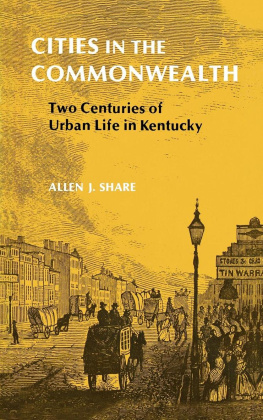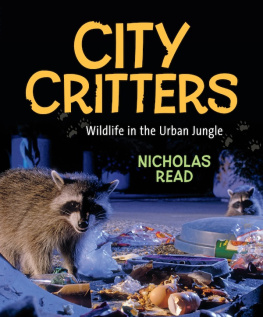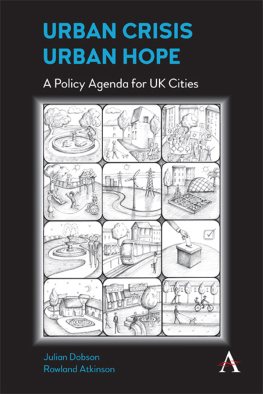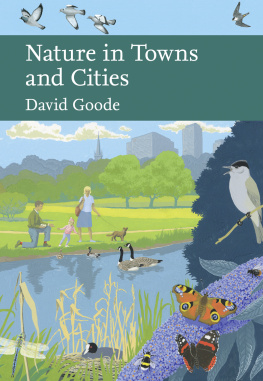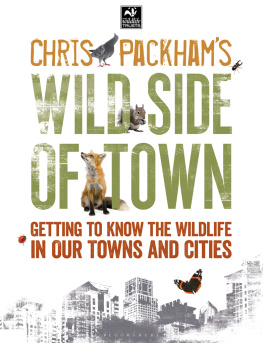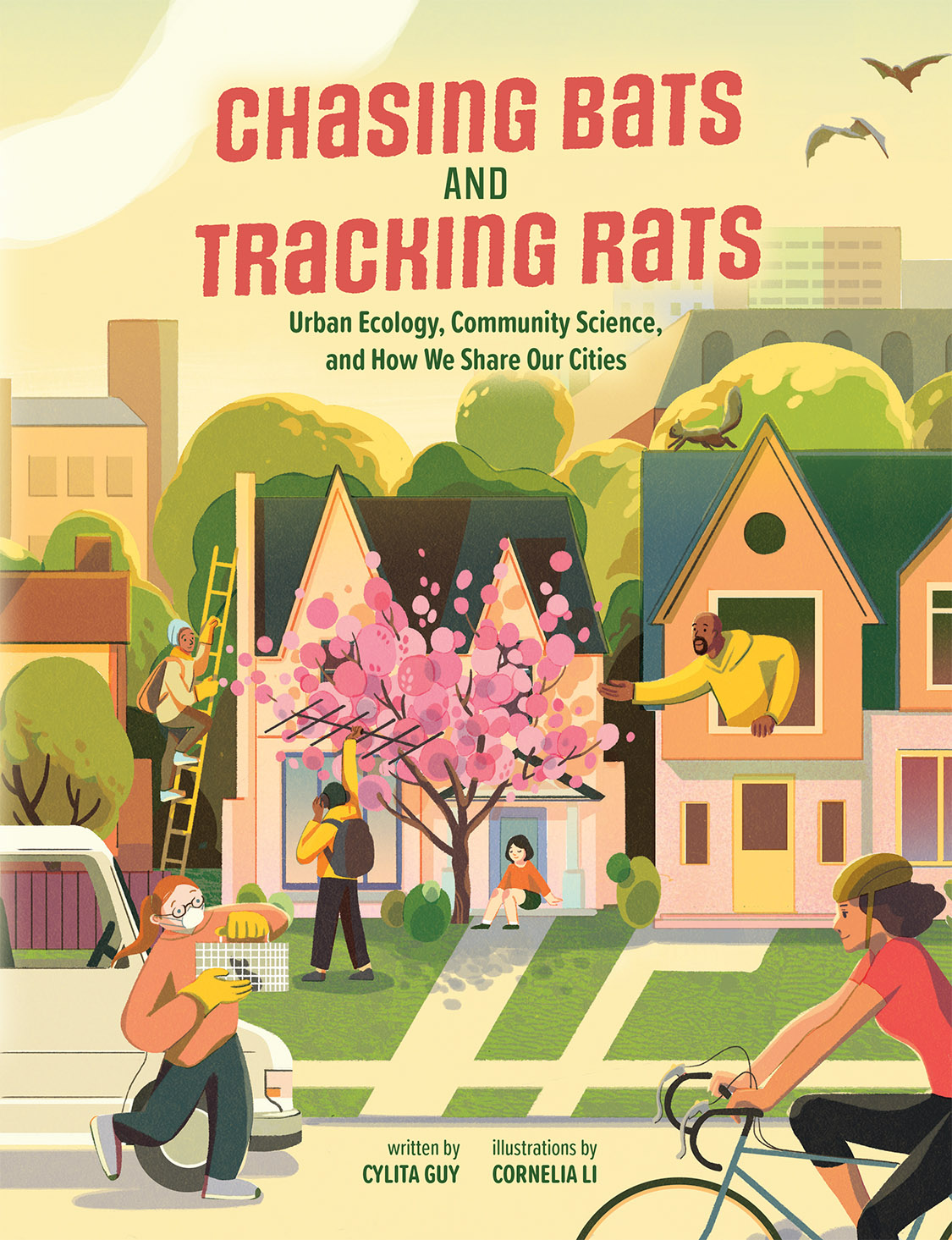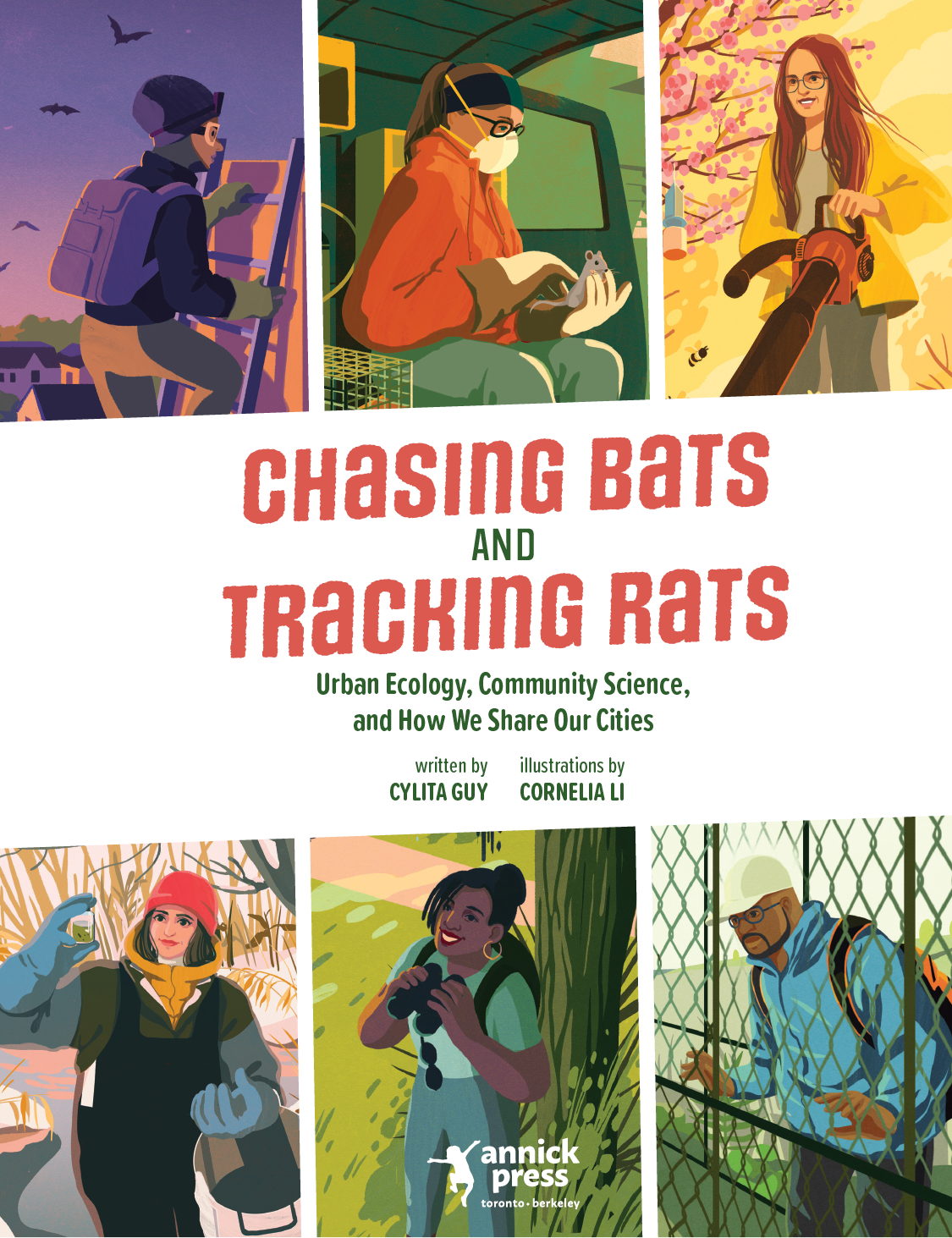
To my parents, who helped a Black, city kid grow up with a deep love of nature. I hope this book helps other melanated kids do the same.
C.G.
2021 Cylita Guy, PhD (text) 2021 Cornelia Li (illustrations)
Cover art by Cornelia Li, designed by Paul Covello
Interior designed by Paul Covello and Danielle Arbour
Edited by Claire Caldwell
Copyedited by Debbie Innes
Proofread by Doeun Rivendell
Indexed by Wendy Thomas
Annick Press Ltd.
All rights reserved. No part of this work covered by the copyrights hereon may be reproduced or used in any form or by any meansgraphic, electronic, or mechanicalwithout the prior written permission of the publisher.
We acknowledge the support of the Canada Council for the Arts and the Ontario Arts Council, and the participation of the Government of Canada/la participation du gouvernement du Canada for our publishing activities.

Library and Archives Canada Cataloguing in Publication
Title: Chasing bats and tracking rats : urban ecology, community science, and how we share our cities / written by Cylita Guy ; illustrations by Cornelia Li.Names: Guy, Cylita, author. | Li, Cornelia, illustrator.Identifiers: Canadiana (print) 20210188731 | Canadiana (ebook) 20210188758 | ISBN 9781773215396 (softcover) | ISBN 9781773215389 (hardcover) | ISBN 9781773215419 (PDF) | ISBN 9781773215402 (HTML)Subjects: LCSH: Urban ecology (Biology)Juvenile literature. | LCSH: Urban animalsJuvenile literature.Classification: LCC QH541.5.C6 G89 2021 | DDC j577.5/6dc23
Published in the U.S.A. by Annick Press (U.S.) Ltd.
Distributed in Canada by University of Toronto Press.
Distributed in the U.S.A. by Publishers Group West.
annickpress.com
cylitaguy.com
corneliali.com
Contents
Living in the Urban Jungle
Key Terms
Chasing Down Big Browns
How much do wildlife rely on city green spaces?
Ratmobile to the Rescue
How do animals in cities affect human health?
Bees and a Bug Vacuum
Why are cities a good place to study the impact of climate change on bees?
Backyard Bear Buffet
What happens when humans and wildlife in cities dont get along?
Bold Coyote, Bashful Coyote
How are humans changing animal behavior in cities?
Microplastics, Major Problems
How does the pollution we create affect city animals?
Birdwatching Bias
What happens when citizen science doesnt tell us the whole story?
A Bike to Beat the Heat
Why are greener cities better for people?
But This Is Only the Beginning!
Introduction
Living in the Urban Jungle
There are more than seven billion people on earth. Over half of these people (around 55 percent) live in cities. Thats a lot! And guess what? That number keeps going up. Cities may make life easier for many humans by bringing us closer to things like grocery stores, jobs, and hospitals, but they make it much harder for most wildlife.
Think about itto build our cities we destroy the natural spaces that are homes for insects, plants, and animals. We make roadways that split forests into smaller pieces. We mow fields so we have parks to play in. Sometimes we even get rid of everything when we pave over the ground to create parking lots. These changes are too much for many plants and animals to handle. Without the right type of habitat, many species cant survive in cities. This means there is often less biodiversityor different types of plants and animalsin cities compared to natural spaces.
But guess what? Some creatures seem to do okay in cities. In fact, some species do better in cities than in their natural habitats! There is still a lot we dont know about urban wildlife, but scientists are learning more every day. As cities continue to grow and expand, its important that we understand how city living may be changing the behavior of these species and how living so close to them may be affecting us.
The scientists who study how different species interact with each other and their environments are called ecologists. When most people think of these wildlife scientists, they think of people adventuring in far-off places. Perhaps youve even seen ecologists like these on TVdiving in the ocean or exploring in rainforests. But there is a whole group of ecologists who study the animals and plants living in cities! Ecologists like me. Hi! My name is Cylita and Im one of the many urban ecologists around the world helping us understand nature in our cities.
Have you ever wondered how far rats scurrying out of dumpsters might travel in the city? Or how many bird species are in your local park? What about the ways that plants can fight climate change in urban areas?
From bats to bees and microplastics to trees, this book will introduce you to urban ecologists who answer questions like these ones. And because science requires teamwork, all of the urban ecologists youll meet are people that I know and have worked with!
Youll also learn about the wacky ways we do our science in urban environments (like riding a science bike!). Cities are complicated and busy places filled with lots of different challenges to doing research. As urban ecologists, we have to come up with creative approaches to get our data and build cool tools to help answer our questions. Some of my urban ecologist friends even get everyday peoplelike you!to help them collect their data.
We want to help you understand why nature is so important in our cities. Humans get a lot of benefitsor ecosystem servicesfrom nature, but we also have a responsibility to keep our environments healthy and protect the species living in them. We also want you to explore your own local biodiversity, so keep an eye out for urban ecology challenges at the end of each chapter. Who knows, while youre out adventuring in your neighborhood, you might even meet one of usor your own friendly neighborhood urban ecologist!
Urban Ecology
Challenge
Each scientist in this book has created a challenge just for you! These challenges will get you thinking like an urban ecologist, and will show you how to be a protector of your local biodiversity. Before you start, make sure you have a small notebook and pencil. No explorer, adventurer, or scientist goes anywhere without their trusty field notebook!
Look, but dont touch (and please dont feed!)
Throughout this book, youre going to hear stories from scientists who catch and handle wildlife for a living. These scientistsme includedhave had years of training and wear special equipment to keep them and the animals they handle safe. When you go out to enjoy the species in your neighborhood, please dont try to touch any of the animals you meet! And dont share your food with them. Although lots of animals beg for human treats, this food can make them sick later.
Talk like an urban ecologist!
Key Terms
Here are a few special terms we urban ecologists use in our workterms that will pop up in many chapters in this book. If youre reading and arent sure what a word means, flip back to this page.
Urban
Also known as cities, urban areas are places where lots of people live and work together.
Suburban
As you move toward the outskirts of cities, homes and people usually become more spread out. These are called suburban areas.


